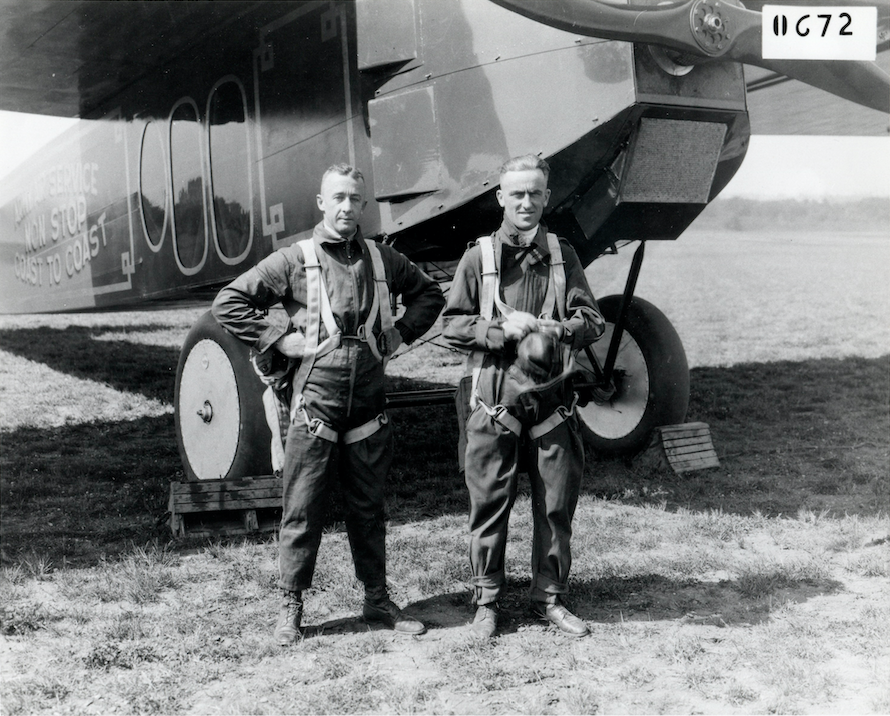
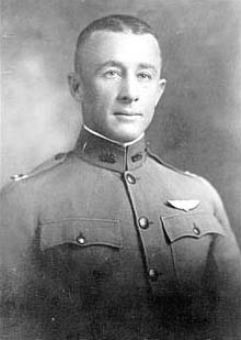
2–3 May 1923: Air Service, United States Army, pilots Lieutenant John Arthur Macready and Lieutenant Oakley George Kelly made the first non-stop transcontinental flight. Their airplane was a Nederlandse Vliegtuigenfabriek Fokker T-2 single-engine monoplane, U.S. Army serial number A.S. 64233.
The two aviators took off from Roosevelt-Hazelhurst Field, Long Island, New York, at 12:30 p.m., Eastern Time, and landed at Rockwell Field (now, NAS North Island), San Diego, California, the next day at 12:26 p.m., Pacific Time. They had flown 2,470 miles (3,975 kilometers) in 26 hours, 50 minutes, 38.8 seconds, for an average speed of 91.996 miles per hour (148.053 kilometers per hour).
Macready and Kelly had made two previous attempts, flying West-to-East to take advantage of prevailing winds and the higher octane gasoline available in California. The first flight was terminated by weather, and the second by engine failure.
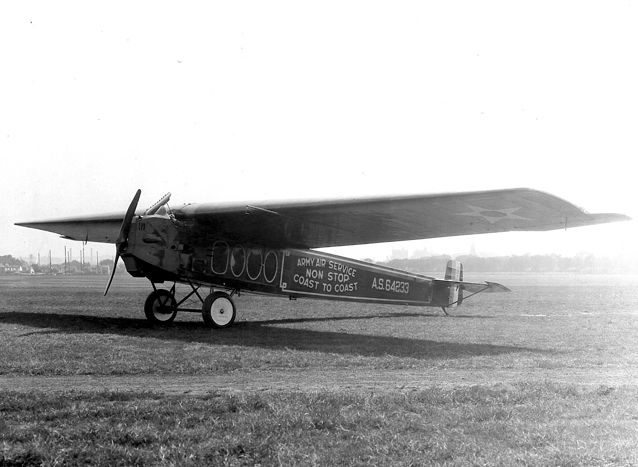
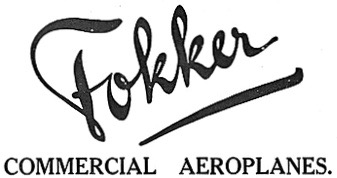
Several modifications were made to prepare the T-2 for the transcontinental flight. Normally flown by a single pilot in an open cockpit, a second set of controls was installed so that the airplane could be controlled from inside while the two pilots changed positions. Additional fuel tanks were installed in the wing and cabin.
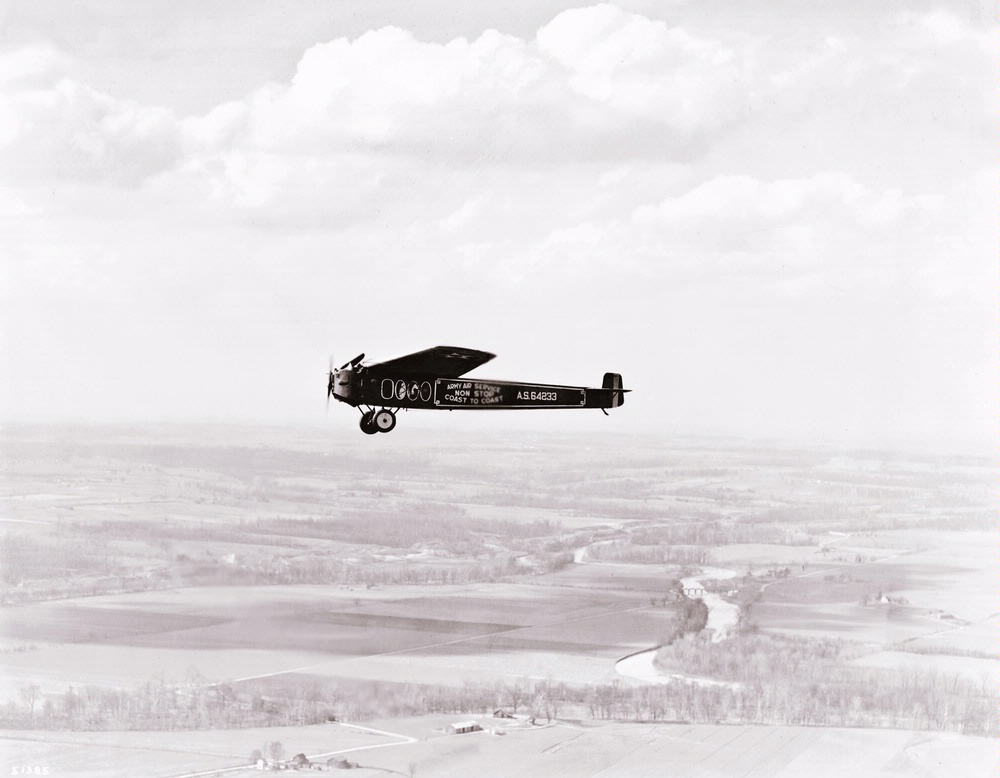
The Fokker F.IV was a single-engine, high-wing monoplane with fixed landing gear. It was flown by a single pilot in an open cockpit which was offset to the left of the airplane’s centerline. The airplane was designed to carry 8–10 passengers in an enclosed cabin. The F.IV was a scaled-up version of the preceding F.III. It was built of a welded tubular steel fuselage, covered with three-ply plywood. The wing structure had plywood box spars and ribs, and was also covered with three-ply plywood.
For its time, the Fokker was a large airplane. Measurements from the Fokker T-2 at the Smithsonian Institution are: 49 feet, 10 inches (15.189 meters) long, with a wing span of 80 feet, 5 inches (24.511 meters), and height 12 feet, 2 inches (3.708 meters). On this flight, it carried 735 gallons (2,782 liters) of gasoline in three fuel tanks. When it took off from Long Island, the gross weight of the T-2 was 10,850 pounds (4,922 kilograms), only a few pounds short of its maximum design weight.
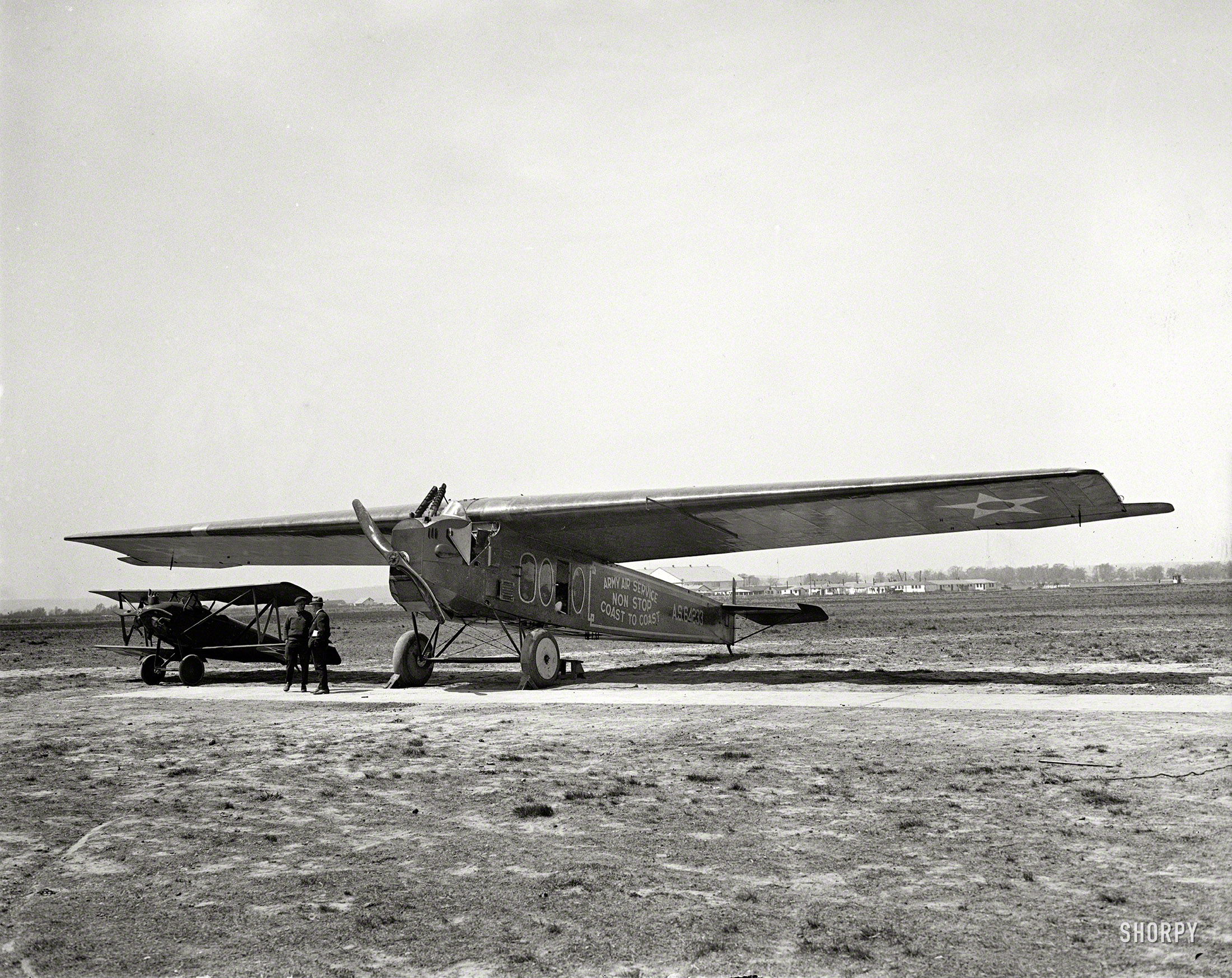

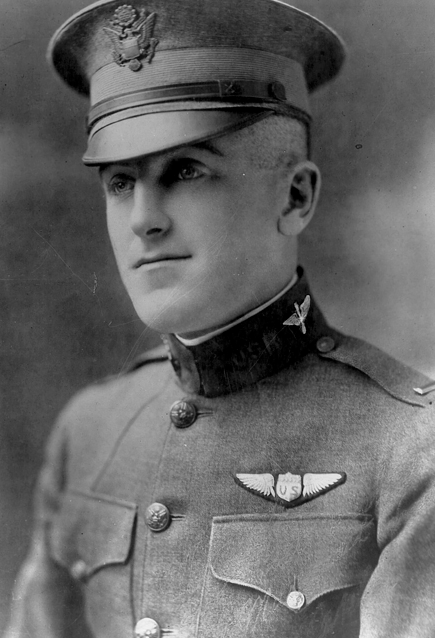
John Macready and Oakley Kelley won the 1923 Mackay Trophy for this flight. Macready had previously won the award in 1921 and 1922. He is the only pilot to have won it three times.
During testing to determine the feasibility of the flight, on 16–17 April 1923, Lieutenant Kelly and Lieutenant Macready set six Fédération Aéronautique Internationale (FAI) World Records for speed, distance and duration, flying the Fokker T-2. At Wilbur Wright Field, Dayton, Ohio, they flew 2,500 kilometers (1,553.428 miles) at an average speed of 115.60 kilometers per hour (51.83 miles per hour); 3,000 kilometers (1,864.114 miles) at 115.27 kilometers per hour (71.63 miles per hour); 3,500 kilometers (2,174.799 miles) at 114.82 kilometers per hour (71.35 miles per hour); 4,000 kilometers (2,485.485 miles) at 113.93 kilometers per hour (70.79 miles per hour); flew a total distance of 4,050 kilometers (2,517 miles); and stayed aloft for 36 hours, 4 minutes, 34 seconds. Their overall average speed was 112.26 kilometers per hour (69.76 miles per hour) seconds.
The United States Army transferred Fokker T-2 A.S. 64223, to the Smithsonian Institution in January 1924. It is on display at the National Air and Space Museum.
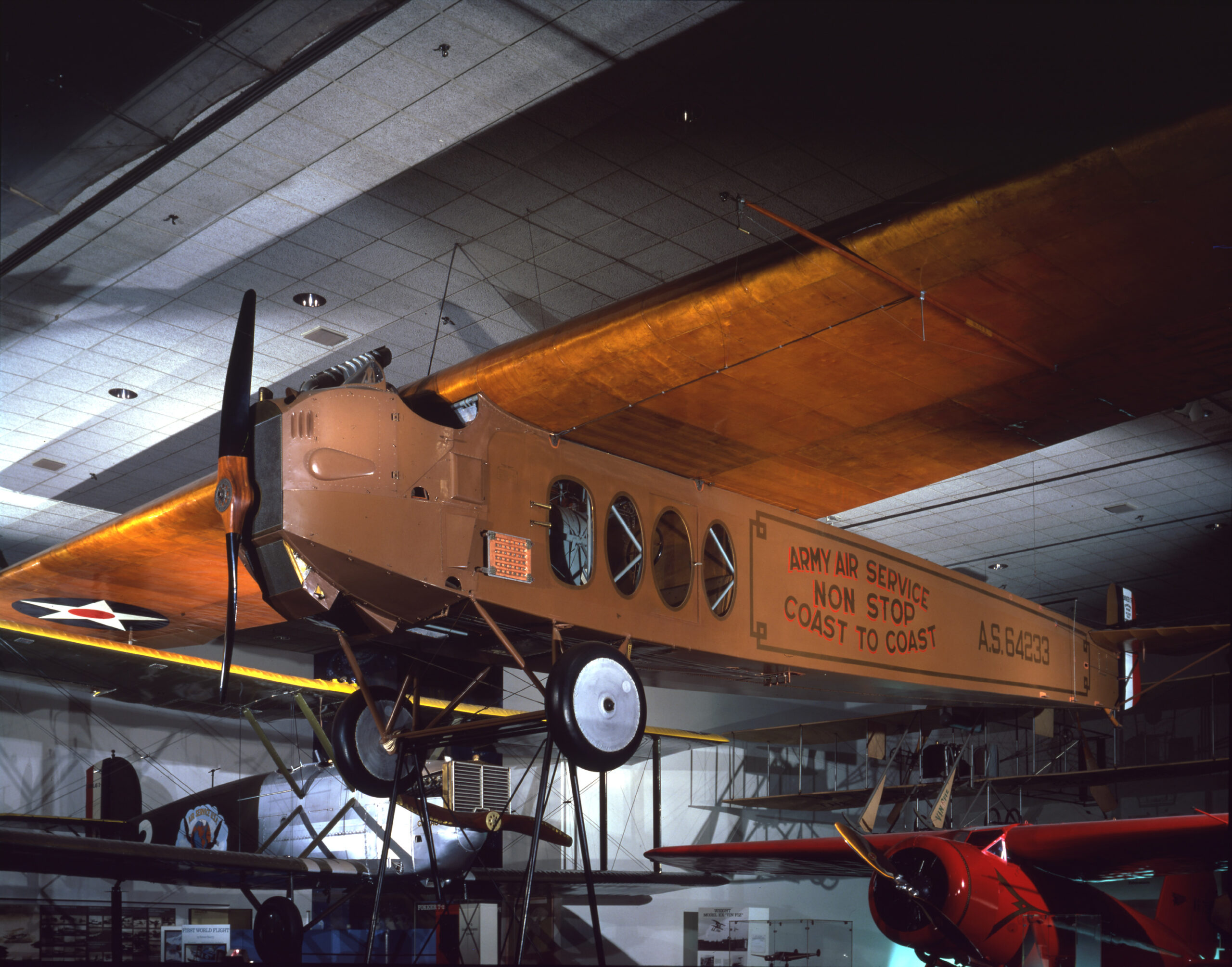
© 2019, Bryan R. Swopes